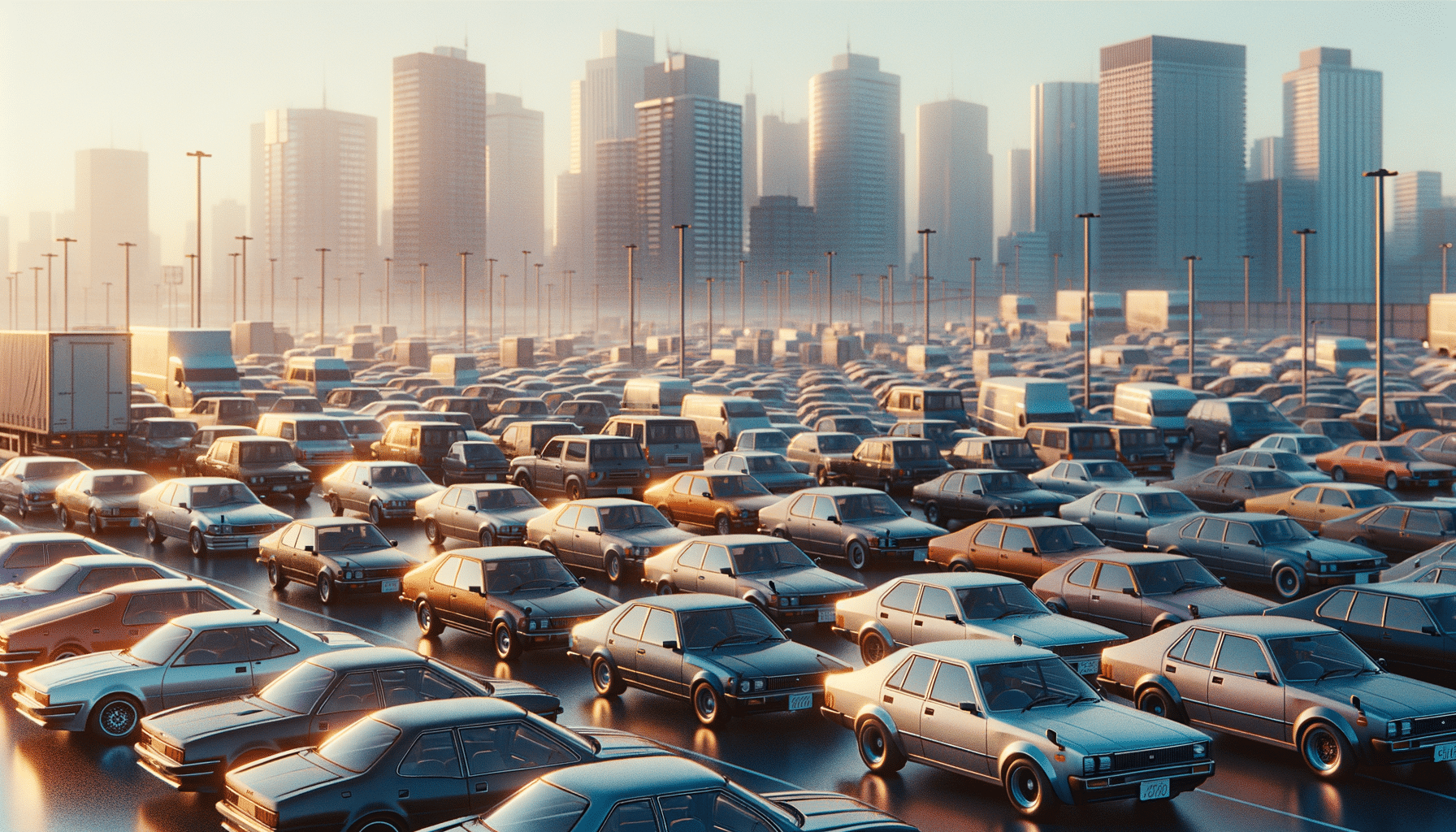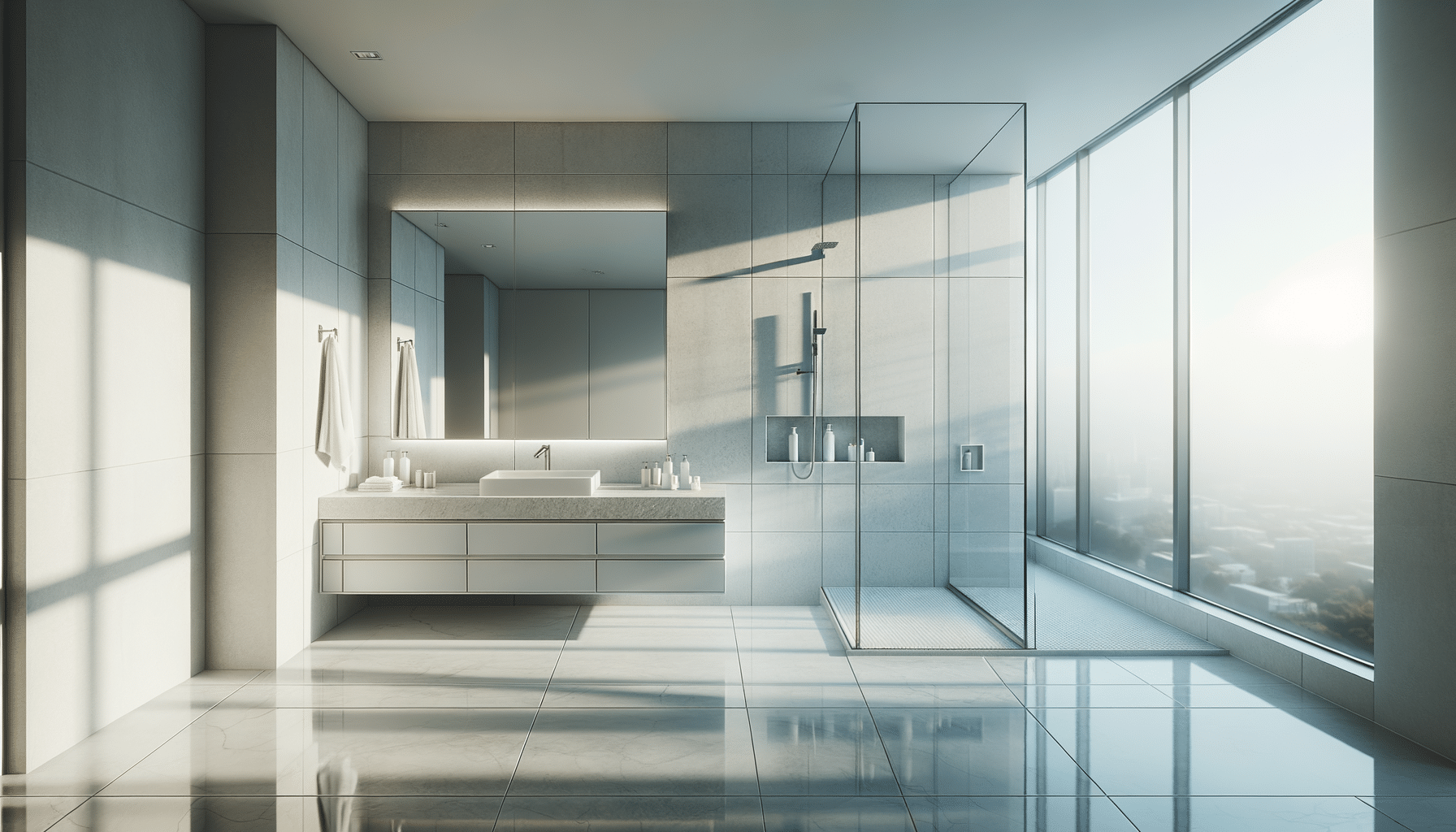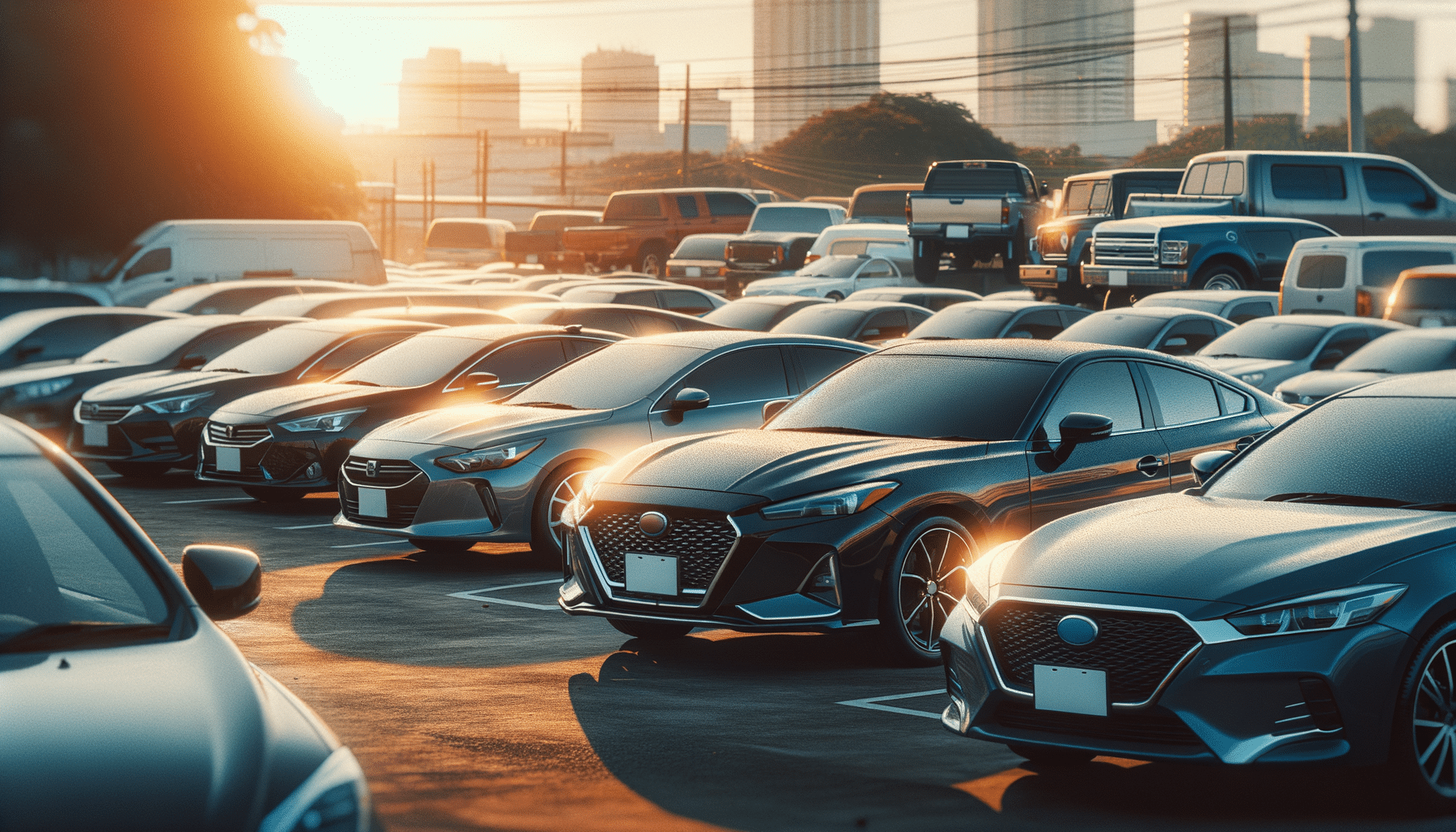
How AI is Transforming the Digital Art Landscape
The digital art scene is undergoing a profound transformation, driven by the rapid advancements in artificial intelligence. This evolution not only reshapes how art is created but also how artists and audiences interact with digital works.
The integration of AI into digital art is more than just a trend; it’s a revolution. AI technologies are enabling artists to explore uncharted territories and redefine the boundaries of creativity. According to a study by Art Basel and UBS, investment in digital art has increased significantly, reflecting the growing interest and potential in this field.
AI and Creativity: A New Partnership
AI tools are offering artists a new palette of possibilities. Algorithms can analyze vast datasets to generate unique artistic styles or mimic human creativity. Renowned digital artist Refik Anadol emphasizes that AI acts as a collaborator, pushing the limits of imagination and transforming ideas into visual reality. This partnership allows for the creation of complex patterns and designs that were previously unimaginable.
The Impact of AI on Art Creation
One of the most significant impacts of AI in digital art is its ability to streamline the creative process. Artists can now automate repetitive tasks, allowing more time for conceptual development. AI-generated art is becoming more prevalent, with platforms like Artbreeder allowing users to explore genetic algorithms to create highly personalized artworks. This democratization of art creation means that anyone, regardless of skill level, can produce stunning digital pieces.
AI in Art Curation and Accessibility
AI is also revolutionizing how art is curated and accessed. By analyzing user preferences and behavior, AI can recommend artworks that align with individual tastes, creating a more personalized experience. Institutions are leveraging AI to digitize and categorize vast collections, making art more accessible to global audiences.
| AI Tool | Function | Benefit |
|---|---|---|
| DeepArt | Style transfer | Creates unique artworks by combining multiple styles |
| Runway ML | Generative art | Empowers artists with machine learning capabilities |
| Artbreeder | Collaborative creation | Allows users to blend and modify digital art |
| Google Arts & Culture | Art curation | Provides virtual access to global art collections |
| Adobe Sensei | Creative automation | Automates repetitive design tasks |
| Prisma | Photo to art conversion | Transforms photos into artistic renditions |
| GANPaint Studio | Interactive design | Offers AI-based image editing |
| AI Painter | Generative design | Creates novel artwork through AI algorithms |
Challenges and Ethical Considerations
While AI offers immense potential, it also raises ethical questions. Concerns about authorship, originality, and the role of the artist in AI-generated art are at the forefront. Artists and technologists must collaborate to address these challenges, ensuring that AI enhances rather than diminishes human creativity.
FAQs
How does AI impact the creativity of digital artists?
AI enhances creativity by providing new tools and methods, allowing artists to explore innovative styles and ideas.
Can AI replace human artists?
AI is not a replacement but a complement to human artists, offering new possibilities and augmenting the creative process.
What are some popular AI tools for digital art?
Tools like DeepArt, Runway ML, and Artbreeder are popular among digital artists for creating AI-enhanced art.
As AI continues to evolve, its influence on the digital art landscape will only grow. Artists are encouraged to embrace these technologies, experiment with new forms, and push the boundaries of what’s possible. Whether you’re a seasoned professional or a novice, the fusion of AI and digital art offers endless opportunities for innovation and expression.


